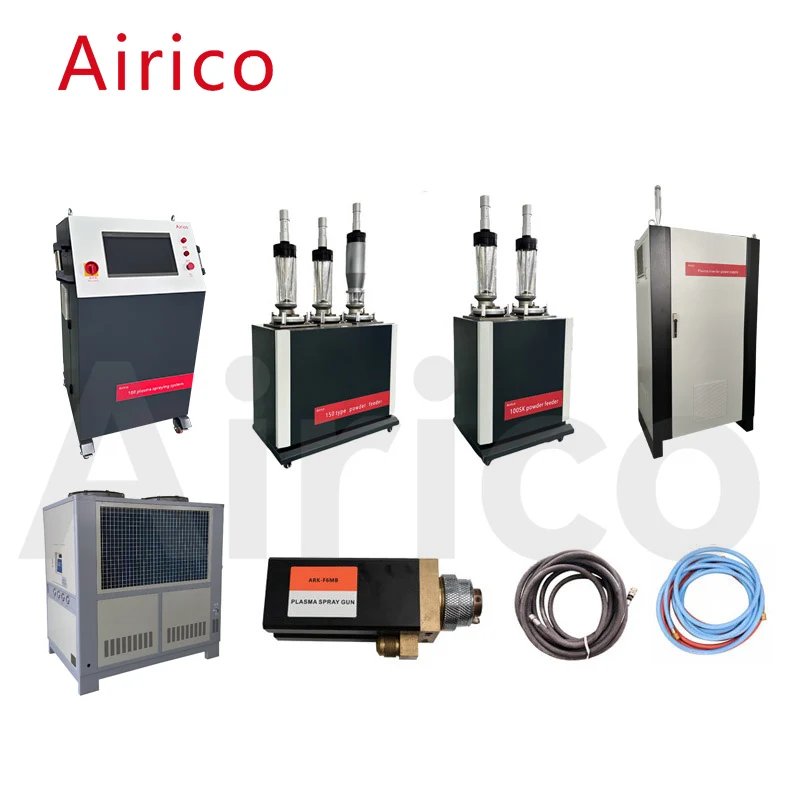Plasma spraying is a versatile surface coating technique employed in various industries to enhance the properties of substrate materials. This process involves the use of high-temperature plasma to melt and spray powder materials onto the surface of the substrate, resulting in a uniform and dense coating. The thickness of the plasma-sprayed coating can vary significantly depending on the application and the specific requirements of the coated component.

Typically, plasma spray coatings can range in thickness from as thin as 0.05 millimeters (mm) to as thick as several millimeters, depending on the desired properties and the coating material used. For instance, in some applications, a thin coating of around 0.05-0.5 mm may be sufficient to provide the necessary wear resistance, corrosion protection, or thermal insulation. However, in other cases, thicker coatings may be required to meet more demanding performance criteria.
Several factors contribute to the final thickness of a plasma-sprayed coating:
Powder Material: The type of powder material used, such as ceramics, metals, or alloys, will affect the coating thickness. Different materials have varying melting points and physical properties, which can influence how they spread and bond to the substrate.
Plasma Jet Parameters: The characteristics of the plasma jet, including its temperature, velocity, and flow rate, play a crucial role in determining the coating thickness. Higher temperatures and velocities can result in thicker coatings due to the increased melting and deposition efficiency of the powder particles.
Spraying Technique: The specific plasma spraying technique employed, such as high-velocity oxygen-fuel (HVOF) spraying or atmospheric plasma spraying (APS), will also affect the coating thickness. HVOF spraying, for example, typically produces thinner, denser coatings compared to APS, which may produce thicker, more porous coatings.
Substrate Material: The type of substrate material and its surface preparation can influence the coating thickness. Proper surface preparation, such as cleaning, grit blasting, or shot peening, can enhance the adhesion of the coating to the substrate, allowing for thicker and more durable coatings.
In the field of instrument engineering, plasma spraying is often used to apply wear-resistant powder coatings to parts of various mechanisms. These coatings can have thicknesses of more than 2 mm to provide exceptional durability and performance in harsh environments. For example, in mechanical engineering, metallurgy, power engineering, aviation, shipbuilding, and the defense industry, plasma-sprayed coatings are crucial for protecting components from wear, corrosion, and high temperatures.
In conclusion, the thickness of plasma-sprayed coatings can vary widely depending on the application, powder material, plasma jet parameters, spraying technique, and substrate material. While thin coatings may be sufficient for some applications, thicker coatings may be required to meet more demanding performance criteria. The versatility of plasma spraying allows for precise control over coating thickness, making it an ideal choice for a wide range of industrial applications.

